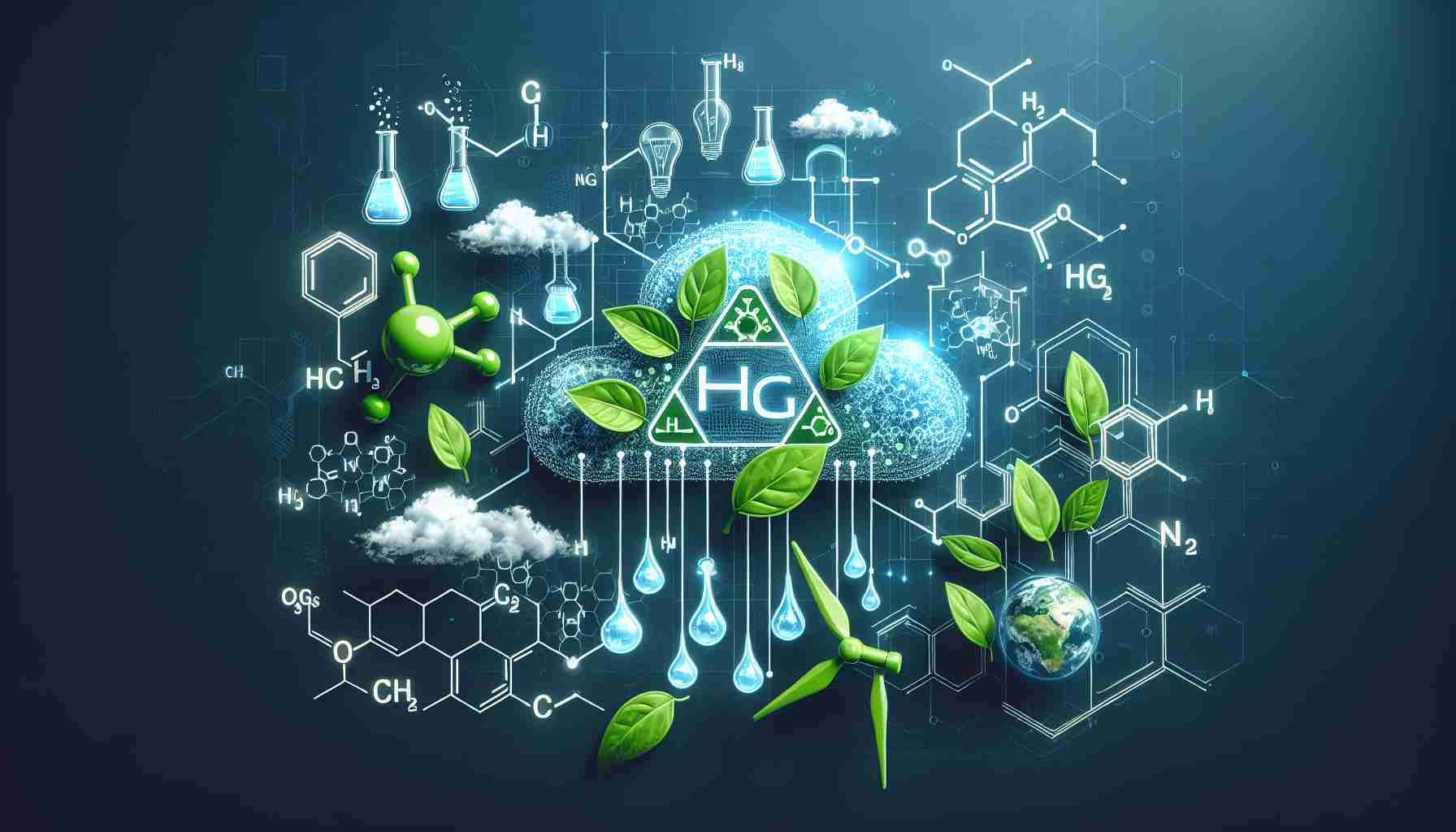In the quest for a sustainable energy future, efficient water electrolyzers play a pivotal role in the green hydrogen economy. BASF is at the forefront of this evolution, offering specialized materials that enhance the performance and longevity of these critical devices. By providing a comprehensive suite of polyarylethersulfones (including PSU, PESU, and PPSU), BASF empowers the energy sector to develop advanced electrolyzer components.
The company’s expertise extends beyond materials; it includes valuable insights into the injection molding and membrane casting industries. With these combined capabilities, BASF assists its partners in optimizing electrolyzer technology, contributing significantly to the transition toward cleaner energy sources.
BASF’s Ultrason grades perform exceptionally in the construction of frames, gaskets, and separator membranes for various types of electrolyzers—including alkaline water (AWE) and proton exchange membrane (PEM). These high-performance plastics demonstrate remarkable resistance to heat and chemicals, making them ideal for challenging operational environments. Notably, Ultrason’s robust properties ensure that electrolyzers maintain high performance at both current and future operating temperatures.
Showcasing their innovations, BASF will present a sample of an electrolyzer frame at the upcoming Fakuma 2024 in Germany. The advantages of using Ultrason lead to lighter, more versatile designs, ultimately improving the efficiency of hydrogen production systems. BASF is committed to supporting manufacturers in refining their designs, thereby shaping the future of the hydrogen market.
Unlocking the Future of Green Hydrogen: Tips, Life Hacks, and Interesting Facts
As the demand for sustainable energy solutions escalates, efficient water electrolyzers are becoming increasingly vital in the pursuit of a green hydrogen economy. Companies like BASF are not just supplying materials but also driving innovation in this transformative field. Here’s a guide to help you understand the nuances of water electrolyzers, along with tips, life hacks, and fascinating facts.
1. Understand the Basics of Electrolysis
Electrolysis is the process of splitting water into hydrogen and oxygen using electricity. Efficient electrolyzers are essential for producing green hydrogen, which can significantly reduce carbon emissions, especially when powered by renewable energy sources like solar or wind.
2. Choose the Right Materials
The performance of electrolyzers largely depends on the materials used. BASF’s polyarylethersulfones (PSU, PESU, PPSU) are designed to provide exceptional durability and thermal stability. When selecting materials for electrolyzer components, prioritize those that resist heat and chemical degradation.
3. Optimize Design with Advanced Manufacturing Techniques
Incorporating methods like injection molding and membrane casting can lead to more efficient designs. Consider lightweight materials that maintain strength, which not only enhances performance but also reduces costs in manufacturing.
4. Stay Informed about Industry Innovations
Follow industry trends by participating in events such as Fakuma 2024 in Germany, where leading companies showcase their latest technologies. Networking in these forums can provide insights that will keep you ahead in the evolving hydrogen market.
5. Build a Sustainable Energy Portfolio
Investing in green hydrogen technology can be part of a broader sustainable energy strategy. As governments and industries push for cleaner energy solutions, aligning with recognized leaders like BASF can be beneficial for both financial gain and environmental impact.
Interesting Facts about Water Electrolyzers:
– Did you know that electrolyzers not only produce hydrogen but also allow for the storage of excess renewable energy? When wind or solar energy creates a surplus, it can be used to generate hydrogen, effectively storing energy for later use.
– The global hydrogen market is rapidly expanding, with green hydrogen expected to be a key player in achieving net-zero emissions by 2050.
– Advanced electrolyzers can achieve efficiency levels above 75%, which is crucial for making hydrogen production viable and competitive against fossil fuels.
For more insights into sustainable materials and innovations, explore BASF’s website. Embrace the future of energy with knowledge and innovative solutions!

